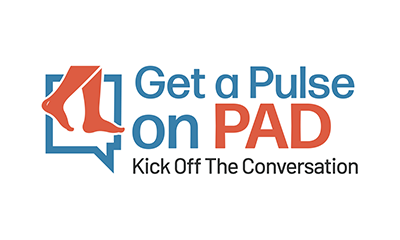Get a Pulse on PAD
Kick Off the Conversation
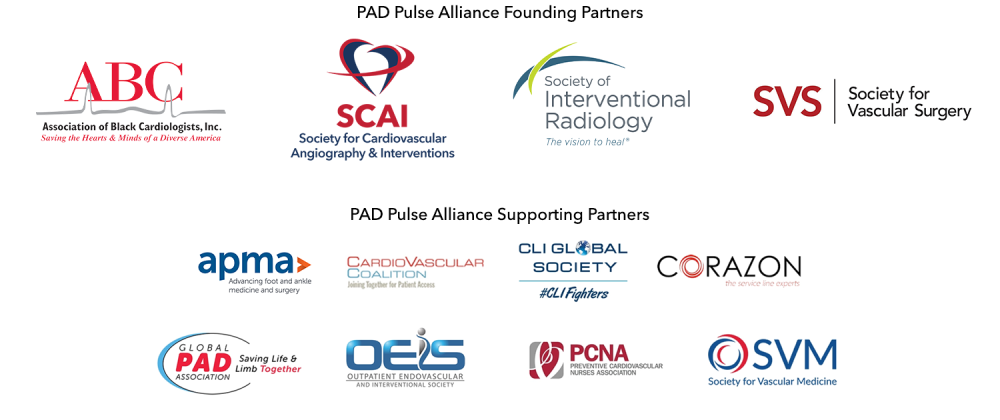

Urge Your Member of Congress to Join the PAD Caucus
Please help by encouraging your member of Congress to join the Congressional PAD Caucus so that people gain more awareness of PAD.
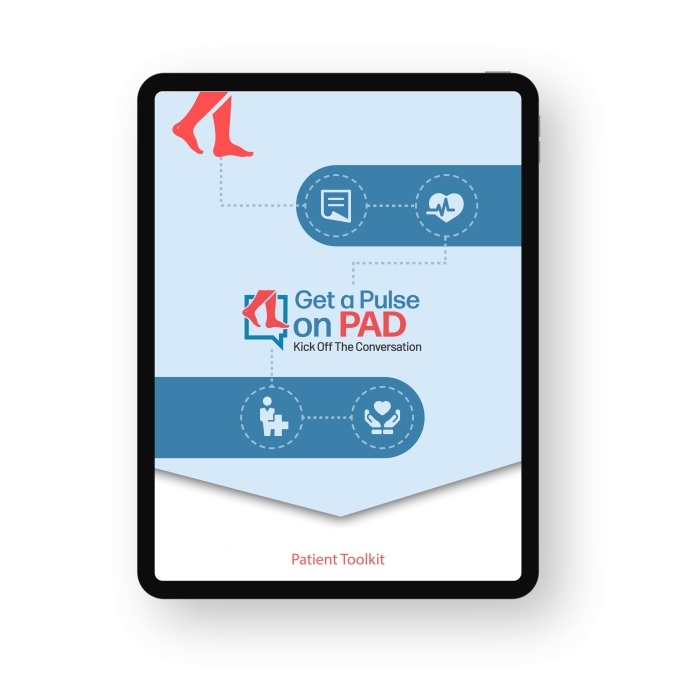
PAD Resources for You
Never heard of PAD? You’re not alone, 70% of Americans aren’t aware of PAD (PAD Pulse Alliance Survey). The toolkit is a one-stop interactive resource that provides educational materials such as questions to ask your doctor and informational videos. This toolkit meets you where you are in your PAD journey, whether you're recently diagnosed, weighing your treatment options, getting back to daily life after treatment, or simply want to know more.
PAD Patient Voices

"Don't be bashful. Demand relief and knowledge of the situation."

“I was prepared to have my leg amputated, but I refused to give up. Finding the right doctor changed my life.”

Tommy Williams remembers a time when many of his family members suffered from amputation due to circulation issues.

Evelyn Evans was out at the grocery story with her grandson when she noticed a pain in her leg during exertion, a classic sign of Peripheral Artery Disease (PAD) called "claudication."

"I'm very attached to my legs!" Matt Ingram had a wound on his leg that would not heal due to reduced bloodflow from Peripheral Artery Disease (PAD).

When Ismael Hurtado sought care at Rush Hospital, it was his last chance to save his right foot.
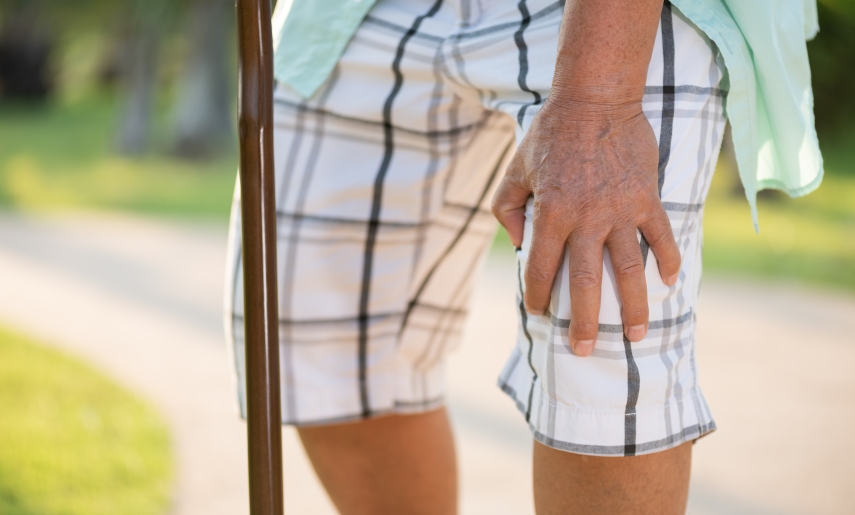
Ask your doctor—“Could it be PAD?"
• Signs and symptoms of PAD can easily go unrecognized or be dismissed.
• Leg pain that occurs while walking and stops with rest is one of the first symptoms of PAD.
• 91% of Americans would dismiss leg pain as just part of getting older.
PAD symptoms that can also occur:
• One foot may feel colder than the other.
• Your foot or leg may become pale, discolored, or blue.
• Leg weakness or numbness may make you feel off-balance or make it harder to walk.
• Your toenails and leg hair may stop growing.
• You may have pain or a feeling of pins and needles in your leg or foot.
• Sores or wounds on your toes, feet, or legs may appear, may heal slowly, or may not heal at all.
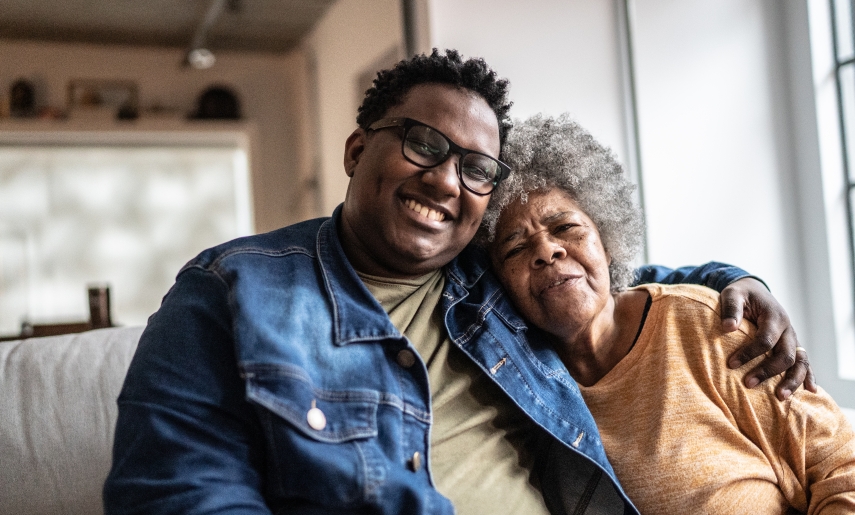
Who suffers most? PAD health disparities
Black and Hispanic Americans experience PAD and its devastating consequences more frequently.
• Black people are two times more likely to suffer from PAD and up to four times more likely to undergo an amputation.
• Hispanic Americans present with more progressive PAD, leading to worse outcomes, including greater risk of amputation.

Don’t ignore any symptoms related to PAD
If you experience leg pain while walking, that goes away after sitting down, contact your doctor. This is a common sign of PAD and should not be ignored. Screening for PAD is easy, quick, and non-invasive and can be done in your doctor’s office.
Finding a Doctor
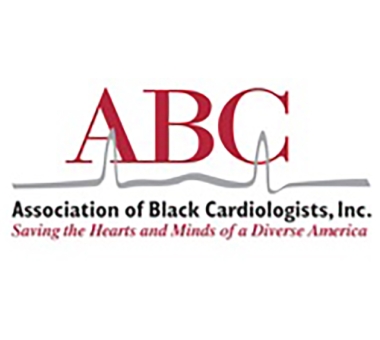
ABC's mission is to promote the prevention and treatment of cardiovascular disease, including stroke, in Blacks and other minorities and to achieve health equity for all through the elimination of disparities.
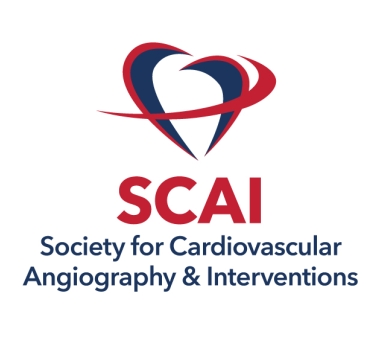
SCAI has dedicated its work to advancing the profession and is the designated society for guidance, representation, professional recognition, education, and research opportunities for invasive and interventional cardiology professionals. SCAI has more than 4,500 members dedicated to medical advancement and lifesaving care for adults and children.

SIR is a nonprofit society representing more than 8,000 practicing interventional radiology physicians, trainees, medical students, scientists, and clinical associates. The society’s mission is to work with its members to deliver patient-centered care through image-guided therapy. SIR’s members work in diverse settings and at different professional levels—from medical students to university faculty to private practice physicians.
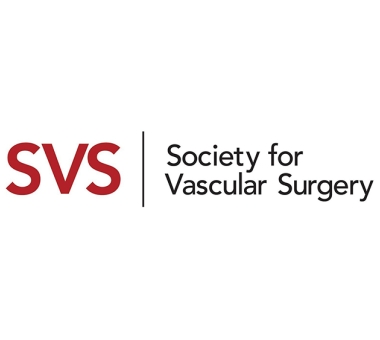
SVS seeks to advance excellence and innovation in vascular health through education, advocacy, research, and public awareness. The organization currently has a membership of more than 6,000 and membership is recognized in the vascular community as a mark of professional achievement.
PAD Pulse Alliance
Leading heart and vascular doctors join together to encourage people to get a pulse on PAD
Seeing increases in amputation rates along with the gaps in awareness, four leading heart and vascular medical societies joined together to raise awareness about PAD and empower patients to ask questions.

